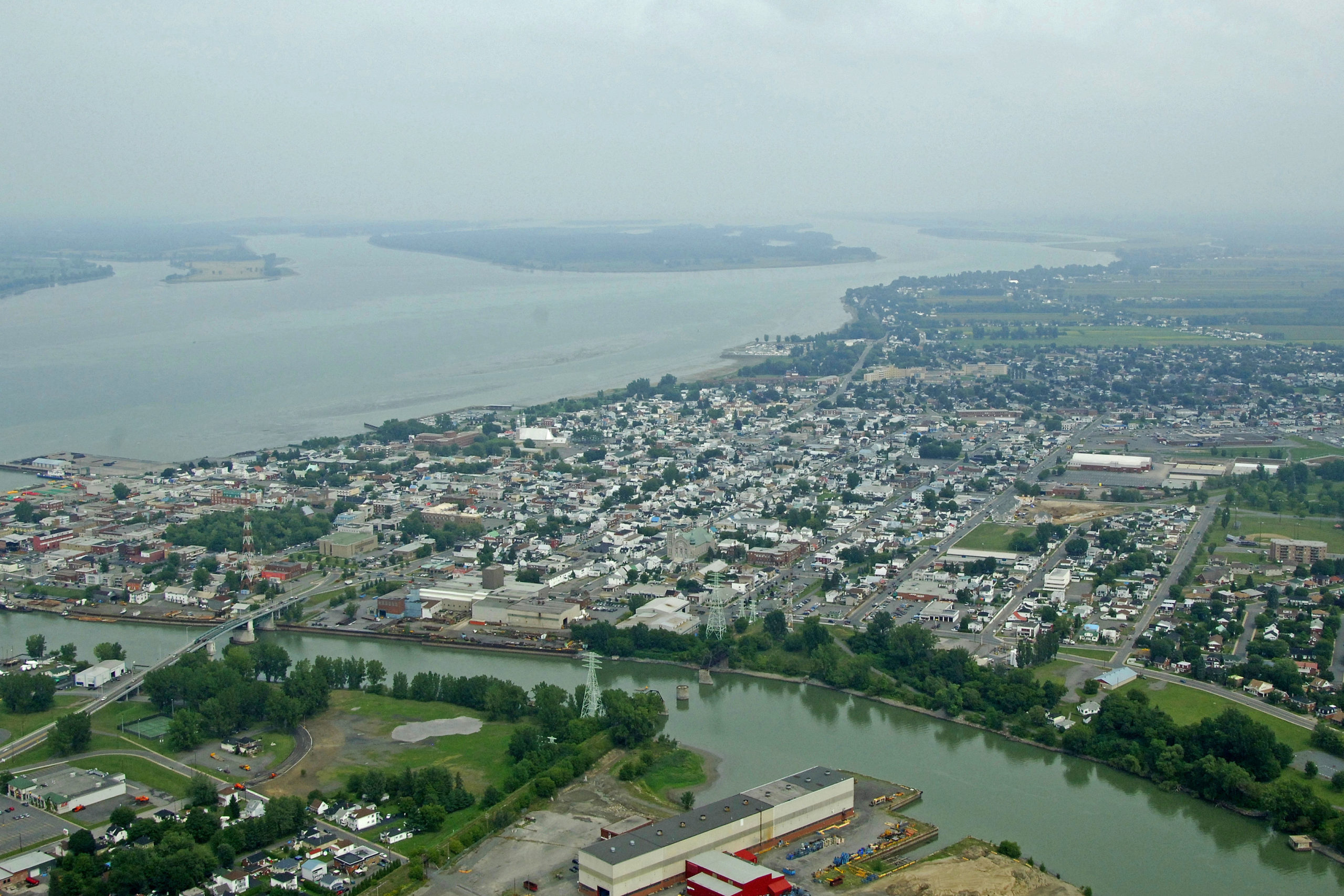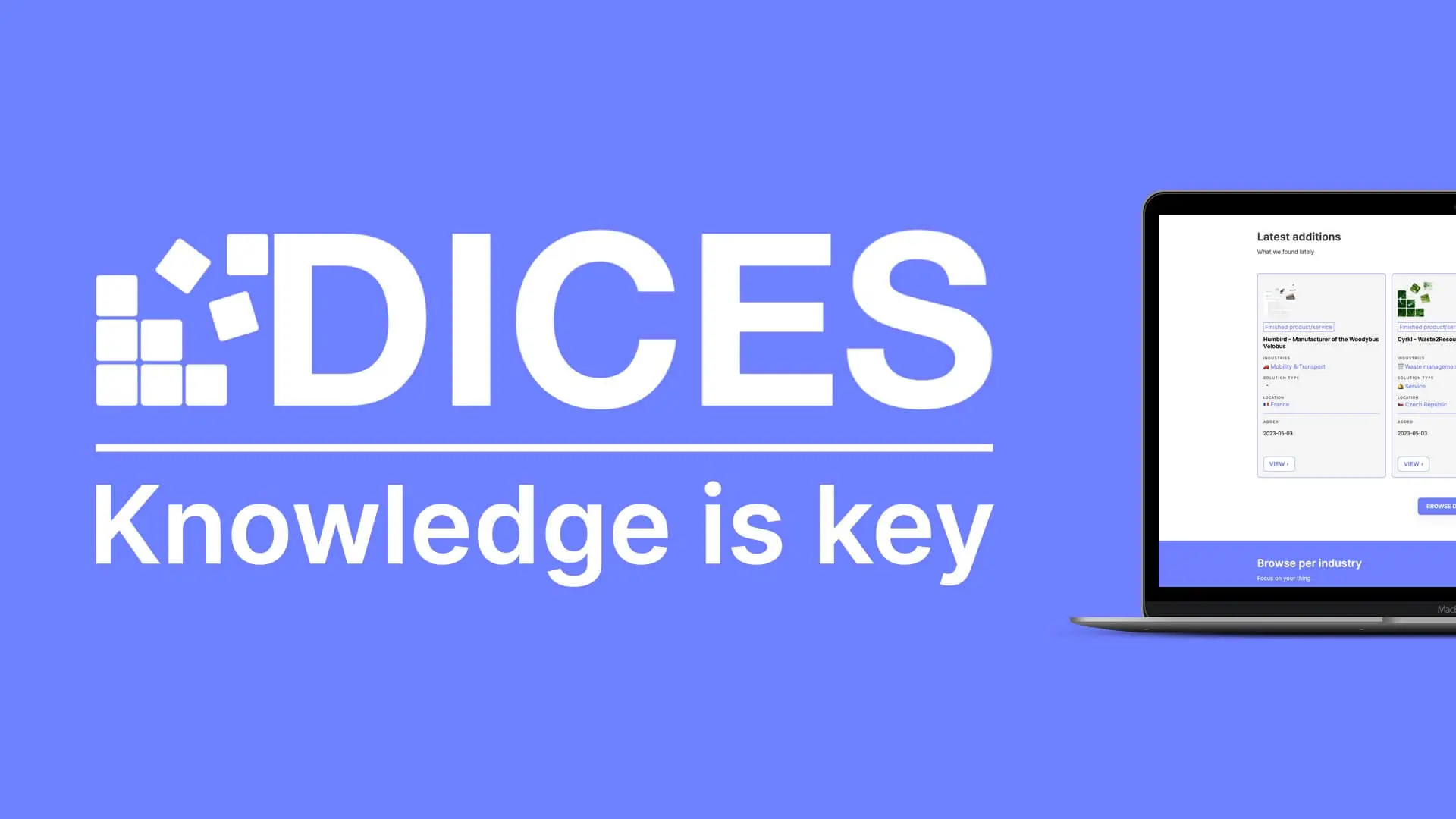· Biomim’expo, the showroom for biomimicry ·

The 4th edition of Biomim’Expo took place on October 22nd at the Cité des Sciences et de l’Industrie, a famous parisian place and museum dedicated to sciences and technologies.
For this 4th season of Biomim’Expo, Circulab animated a workshop that combinated biomimicry, circular and regenerative economy.
The growing success of Biomim’Expo, a major biomimicry event in France, was illustrated by the record attendance observed this year.Moderated by Alain Renaudin, President of NewCorp Conseil and founder-organizer with the Ceebios of Biomim’expo, the plenary session opened with a video by Emmanuelle Wargon attesting to the government’s support. Moreover, this edition of Biomim’Expo was placed under the high patronage of the President of the Republic Emmanuel Macron.
Several speakers followed one another on stage, starting with Emmanuel Delannoy, an expert at Pikaia and author of “Permaéconomie”. This is here an opportunity to return to the fundamentals of biomimicry in a context of biodiversity loss and global warming. In a manifesto published in mid-October on the Pikaia blog, E. Delannoy reminded us of the importance for biomimetic players to come together around this single objective: “mobilize knowledge of living organisms to develop solutions that are not only sustainable, but also regenerative and create the conditions for a desirable future”. During this introductory conference, he focused on demonstrating how much interaction between beings was at the heart of biodiversity, quoting philosopher François Cheng:
“What happens between beings is at least as important as the beings themselves”
An invitation to reconsider our relationship to the living that is not based on a relationship of domination or conquest.
A first round table then brought together several experts from start-ups or companies who initiated bio-inspired strategies. François Spiero, head of foresight at CNES (Centre National d’Études Spatiales), presented the constraints faced by engineers in designing resistant materials and how biomimicry could provide some answers. For example, the skin of certain mammals (resistance to thermal cycles) or tardigrades (resistance to radiation) ?
Did you know that “In France, for every 100 litres of water consumed per day, we drink only one, meaning that 99% of this water is directly wasted”
Marc Simon, Director of Innovation at Suez Eau France, highlighted the challenges facing the group in ensuring the circular management of water and waste. “In France, for every 100 litres of water consumed per day, we drink only one, meaning that 99% of this water is directly wasted”, he recalled. It is no longer possible today to consider nature as an “infinite mine, ready to ingest everything”. Biomimicry is also a source of inspiration for Suez, as evidenced by the group’s investments in NextAlim (a start-up specialising in the production of proteins from insects), the experiments carried out in Bessières in Haute-Garonne (waste recovery unit) or as part of the future BioResourceLab in Narbonne.
Another example of major innovation is Prophesee, who has developed new image sensors inspired by the functioning of the retina and the human brain. This neuromorphic visual recognition technology, as explained by Guillaume Butin (Marketing Communication Director), is able to capture only the dynamics of a scene. By only sending back the useful data to be processed, the algorithm developed by Prophesee makes it possible to improve performance and processing speed while consuming less energy.
Maria Pereira, Chief Innovation Officer of Tissium, presented an innovative system of blood-flow resistant biodegradable glue. Directly inspired by the secretion of snails and marine worms, this biopolymer can be used for tissue reconstruction during heart surgery.This round table ended with the intervention of Aïna Queiroz, Head of Innovation & Scientific Communication of Seqens Cosmetics.
By creating an innovation platform dedicated to zoopharmacognosy, this laboratory has focused on the behavioural observation of certain animal species, particularly the gorilla, to identify the plants they used to treat themselves. Aïna Queiroz presented the results of a first study initiated from a plant capable of protecting the gorilla myocardium through mechanisms related to inflammation.
The workshop program was just as rich with several themes organized in 3 cycles in 4 conference rooms.
Brieuc Saffré, Justine Laurent and Philippe Garcin, from our Circulab community, led a workshop dedicated to the circular economy. About thirty participants gathered in 6 groups to discover the “Circular canvas“, the tool to designed business model with the circular economy.
Initiated and developed by Circulab, this innovative methodology proposes to rethink a company’s business model by identifying all the levers of its ecosystem (its activity, its partners, its resources, its customers…) in order to transform a linear economy into a circular economy. The participants chose to work on different examples using this tool, in fields as varied as a fast food, an electric scooter service, a cultural products distribution brand or an Internet service provider. In just twenty minutes, the first actions were identified by participants to improve the company’s costs and revenues while reducing its social and environmental impact. An accessible and effective method that aroused the interest of participants and allowed them to learn more about Circulab.
How nature can inspire innovation?
In addition to the conferences and various workshops organized throughout the day, a trade show allowed companies to present their latest innovations inspired by the living world:. biomimicry of form with, for example, the production of renewable energy by undulating a membrane imagined from the movement of the eel (EEL Energy) or the propulsion of boats by an undulating fin system created by the observation of fish fins (FinX); . biomimicry of function and structure with the manufacture of bricks from sargasso algae (Terre d’Algues) or scalite, a material designed exclusively based on fish scales (Scale);
. ecosystemic biomimicry, finally, with the launch of Biomim’ City Lab, a collective created from Icade and Ceebios’ initiative, calling for “reinventing the city for and through life”.
This day on October 22nd showed how much biomimicry was a major source of inspiration for rethinking our models at different scales and we are delighted at Circulab about the growing interest that this event can generate. The creation of two Masters courses in 2020 at Ensci and UPPA, aimed at promoting bridges between currents of scientific thought, is also an encouraging signal for the development of biomimicry.
Communication, awareness-raising and extension actions must therefore continue in France to encourage even more vocations in this field.
We look forward to the 2020 edition of Biomim’Expo!




